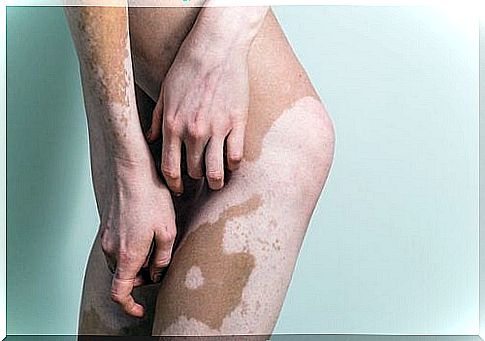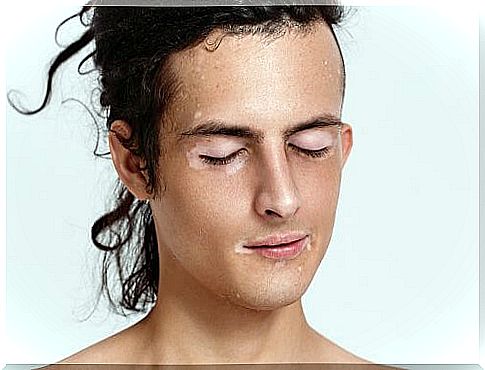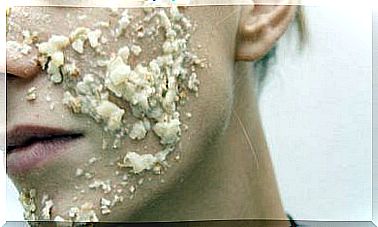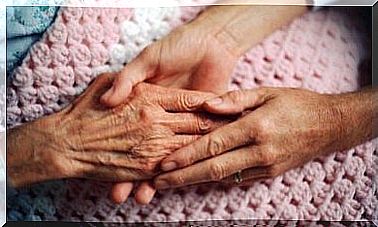White Spots On The Skin: Can Vitiligo Be Treated?
Anyone who suffers from Vitiligo gets unpigmented white patches of skin on different areas of the body. Vitiligo is not contagious.

If white spots appear on the skin with Vitiligo, the fear of infection quickly arises. But this is not a contagious disease, but an overreaction of the own body to pigmented skin cells. What are the causes of this disease and how to treat vitiligo ?
Vitiligo is an autoimmune disease
Vitiligo, also known as “white spot disease”, is an autoimmune disease in which areas of the skin are no longer pigmented, which is why “white” spots appear.
The cause of this disease has not yet been properly researched and is therefore unknown. The spots can get bigger or appear elsewhere on the body.
It usually affects people over the age of 40 and areas of skin that are constantly under pressure or tensile stress or that have injuries or scars.
The disease is incurable, there are no effective methods, creams or tinctures to make the stains disappear. There are only methods that are designed to keep the disease from progressing and preventing existing spots from spreading.

Development of Vitiligo

In Vitiligo, the body’s own immune system forms defense substances for an as yet unknown reason, with which it fights pigment-forming skin cells. As a result, the cells in the affected skin areas stop producing the skin pigment melanin and die.
This is how the characteristic discolored light spots are created: skin areas without pigments. If this applies to hairy areas, the hair in these areas also loses its color and is white.
Most of the time, the white spots appear in several regions symmetrically on both sides of the body. People with vitiligo often also have an additional autoimmune disease, particularly of the thyroid gland.
If such typical skin symptoms occur, the thyroid values should therefore always be clarified as a precaution. The predisposition to vitiligo is genetically determined and is therefore noticeably more common in some families.
Non-infectious
White spot disease is neither dangerous nor painful or contagious. Nevertheless, the white spot disease is by no means a trivial matter.
It is a chronic skin disease that can be psychologically stressful and impair the quality of life. People with Vitiligo often feel disfigured by their blotchy skin, which can lead to social withdrawal and even depression.
If you see someone with such characteristic patches of skin, you don’t need to be afraid of infection!
You can safely touch such areas of skin without worrying about your skin. Unfortunately, those affected always feel a bit marginalized due to the fear of infection …

What does eye color have to do with it?

It could be that there is a connection between the color of the eyes and the occurrence of white spot disease.
In the USA, a study at the University of Colorado School of Medicine evaluated the data of 3000 people with Vitiligo (excluding people with Latin American roots) and compared them with one another.
The result: 43 percent of those affected had brown eyes, but only 27 percent blue or gray, and 30 percent green eyes.
This differs from the normal distribution, as more than half of the American population (without Latin American roots) have blue or gray eyes.
Can you treat vitiligo?
When the white spots appear for the first time, a cortisone ointment or a cream that has an effect on the immune system can help. These ointments only inhibit the formation of the stains, but cannot prevent them.
Vitiligo can also be treated with light therapy with a type of laser. By irradiating this special light, the cells can be stimulated to produce pigments again.
Depending on the initial situation, the chances of success are different. With young patients and small, fresh, active patches of skin, more favorable results can be achieved than with long-term, larger and persistent depigmentation.
Darker skin types can be treated better, after about ten sessions a renewed coloration / pigmentation of the skin of more than 50 percent can be achieved.
The spots are therefore less visible and less noticeable. Attention: The treatment costs of the light therapy are not covered by the statutory health insurances. Vitiligo can be treated with a combination of light therapy and creams and some good results can be achieved.
Important: sun protection
Skin pigments protect the skin naturally from harmful UV radiation. There is no pigmentation on the skin areas affected by Vitiligo, which is why the skin there is extremely sensitive to the sun.
In order not to expose the skin to UV rays and thus the increased risk of skin cancer, sun protection is absolutely necessary!
In addition: The less UV radiation the skin not affected by Vitiligo receives, the lighter it remains and the difference in color is less noticeable. Be careful with self-tanners: sometimes they are suitable to match the color of the white spots to the rest of the skin. Unfortunately, this often makes the skin look even more blotchy. So try it out on a hidden spot first!









